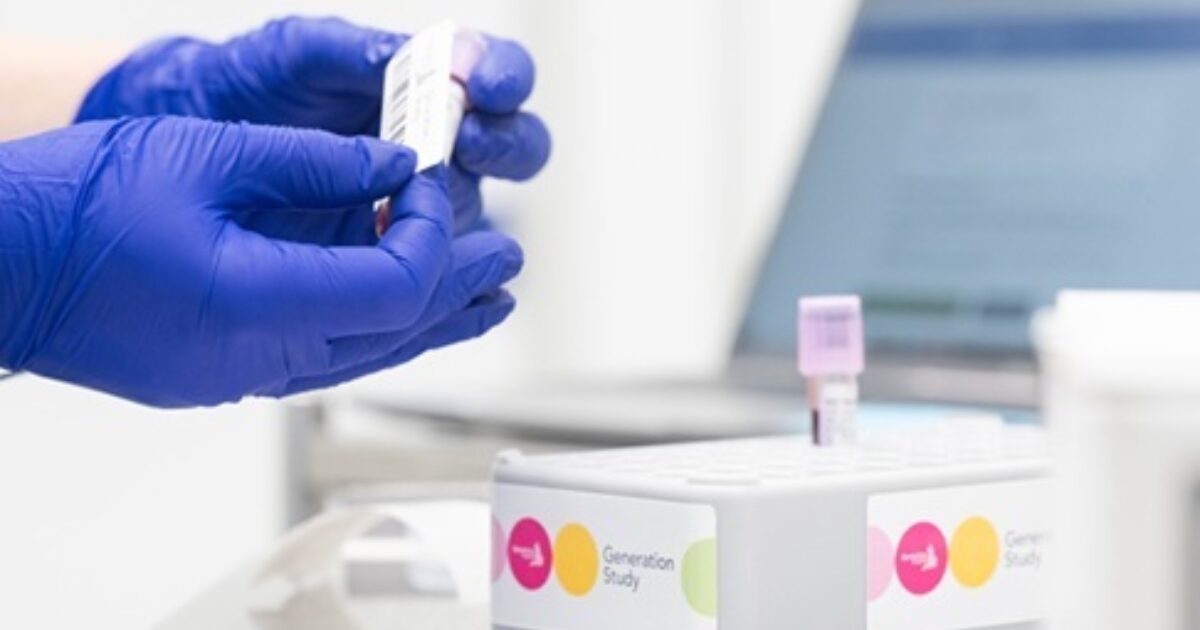
New research published in Genetics in Medicine and led by Genomics England researchers sets out an effective framework for using genomic newborn screening to identify genetic changes linked to rare conditions. This framework is being used in the Generation Study and can accurately identify these changes while minimising potential false positives that could lead to unnecessary follow-up.
The researchers examined how effective an automated system can be within newborn screening at flagging certain changes in a gene that are likely to be linked to a rare condition for which an intervention exists. As part of the framework, the genetic changes identified are then to be carefully reviewed by a clinical scientist, if required in a consultation with a specialist doctor to ensure accuracy, before being shared with patients themselves.
This approach is being tested in the Generation Study – a groundbreaking research study led by Genomics England in partnership with NHS England. It is sequencing the genomes of 100,000 newborn babies and looking for over 200 rare genetic conditions that can be improved if caught early and treated in the NHS. This will enable earlier diagnosis and treatment that in some cases will be lifesaving.
The researchers evaluated the automated system’s ability to predict which genetic differences are potentially causing rare conditions. These results informed which genes and variants were included as part of the Generation Study. To do this, they tested the system on over 34,000 samples across the 100,000 Genomes Project and COVID-19 study, as well as over 500 samples from people who had genetic changes that are already known to be connected to conditions included in the Generation Study.
Overall, they predicted that 3-5% of participants in the Generation Study will have a genetic change flagged for further review, and less than 1% will have one that requires additional confirmatory testing. They showed, while maintaining a low level of false positive predictions, the algorithm identified causal genetic changes in around 80% of samples that had confirmed genetic conditions, looking specifically in the genes included as part of the Generation Study, which is an acceptably high sensitivity for a screening study.
Having an estimate of the number of babies likely to have these changes flagged also helps the researchers understand the resources needed for manual review and clinical follow up – an important consideration when implementing screening at scale.
